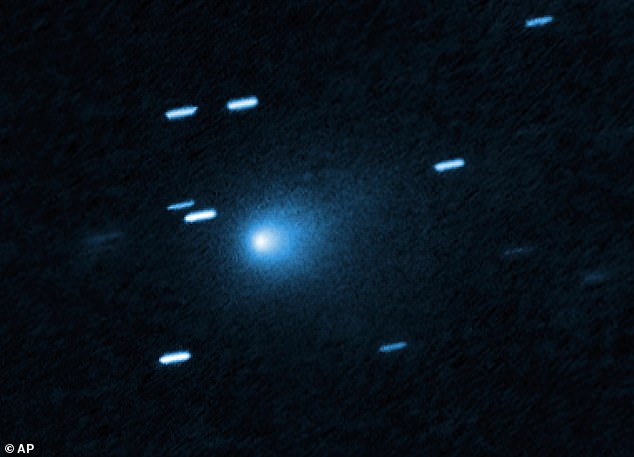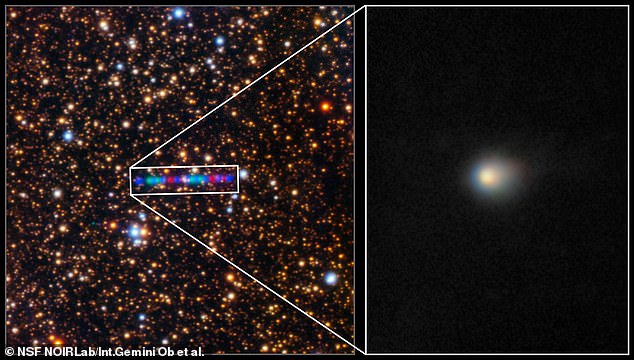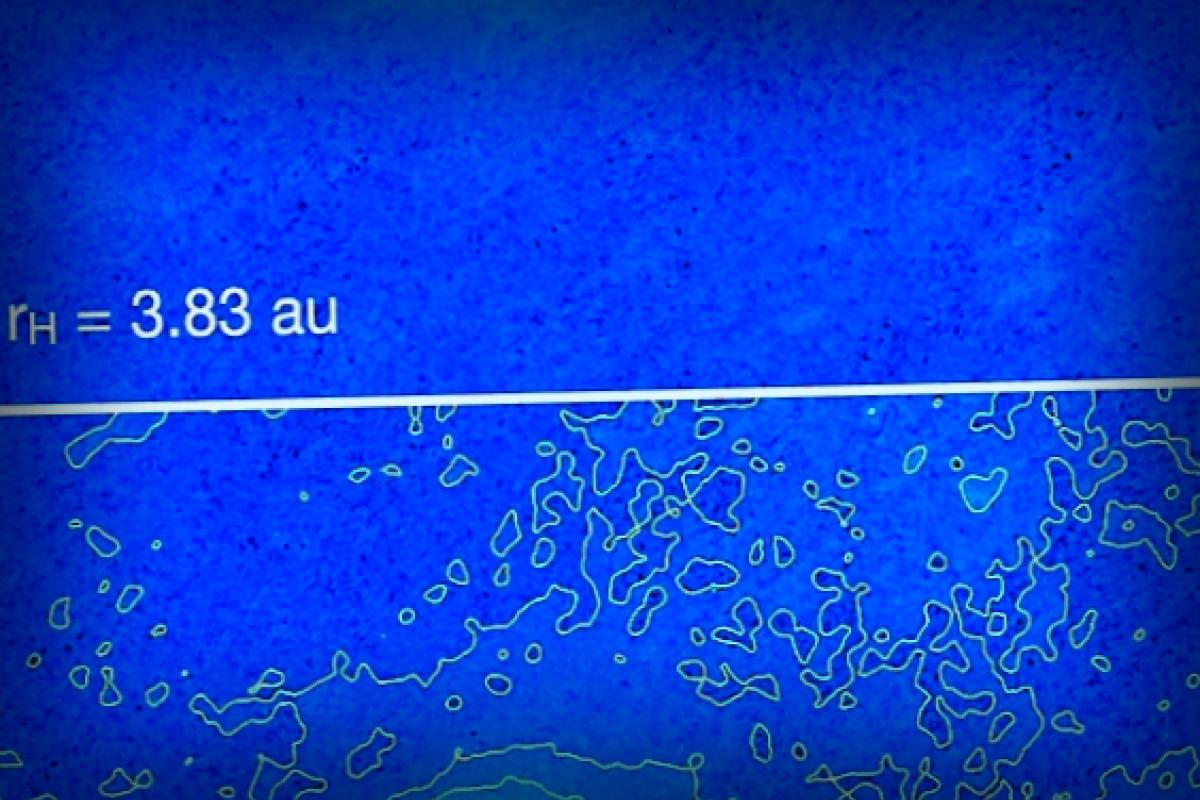The scientific world is buzzing with discussions about a bizarre interstellar object that passed through our solar system last month.
Initially spotted by NASA, this object, known as 3I/ATLAS, was classified as a comet due to what seemed to be a tail. However, Harvard astrophysicist Avi Loeb voiced strong skepticism about this label just a few days ago.
In an interview with CNN, Loeb pointed out that the intensity of the object’s brightness indicates it might be something extraordinary.
He noted, “The brightness of it suggests a size of about 12 miles across, and there just isn’t enough material floating around in interstellar space to account for such a massive object coming our way that often.”
What caught the attention of scientists is that images captured by NASA’s Hubble Space Telescope on July 21 showed a strange glowing area at the front of the object—something that’s never been associated with comets before.
“Typically, comets will have a tail trailing behind them,” Loeb explained, “but in this case, the glow is in front. We’ve never witnessed that before.”
Loeb speculates that this distinctive feature hints that the object could be something more than natural phenomena.
He suggested, “It could be here to either save our planet or bring about destruction. We need to prepare ourselves for either outcome and analyze whether every interstellar object is nothing but a rock.”

Criticism of Loeb’s claims came from Oxford University’s Chris Lintott, who dismissed the notion calling it ‘ridiculous’ and an affront to the valuable research surrounding the mysterious object.
Despite the objections, Loeb maintains that his arguments are rooted in what can be observed scientifically.
Further emphasizing his viewpoint, he mentioned that another sign pointing to the object’s unusual nature is its ‘precisely tuned’ trajectory.
He elaborated, “This trajectory lies very close within five degrees of the plane where all the planets orbit the sun. The probability of that happening randomly is one in 500.” According to Loeb, more amazing is the fact that the object passes closely to Jupiter, Mars, and Venus—he estimates that to be a staggering one in 20,000 chance if its arrival were to be randomized.
Loeb believes this will line up perfectly for the object to get nearest the sun when the Earth isn’t positioned to view it, referring to this timing as optimal for a stealthy approach.
Imagine if this object is using its near encounter with the sun as a strategic move, he hints—it raises interesting questions about its purpose. He even theorizes that perhaps 3I/ATLAS could be functioning as an alien mothership, deploying smaller probes aimed at our planet.


Scholarly discussions revolve around the concept that 3I/ATLAS may act like a mothership, sending mini-probes on a calculated trajectory to intersect with Earth.
This approach could involve making use of the sun’s gravitational dynamics at its closest approach to optimize its path toward our planet, allowing for a smooth entry with little fuel needed.
Loeb concluded his remarks with cautionary advice: “We need to observe this object carefully. I’m not definitively claiming it is alien technology—just asserting it doesn’t align with what we typically know.”
He emphasized, “Why should we assume we’re the only intelligent existence in our corner of the cosmos? We must keep investigating, relying on the data we have your hands on.”
While NASA previously reported the object had a tail, Loeb and his team have come to a different conclusion, stating the evidence of such a tail is non-existent.
He explained, “While there were assertions of a tail, since 3I/ATLAS is gaining speed and doesn’t differ sufficiently in size from Earth telescope visibility, it can consistently appear falsely extended due to its motion.”
He also pointed out the object had a distinctive lack of gas outflows and its uniquely aligned and retrograde trajectory raises eyebrows regarding its legitimacy as a natural rock.
Loeb devised something referred to as the ‘Loeb Scale.’ It’s a ranking method measuring how likely an object is artificial. He rates 3I/ATLAS as a six out of ten for its likelihood of being engineered, although he clarifies that evaluations may alter as more details surface.



















